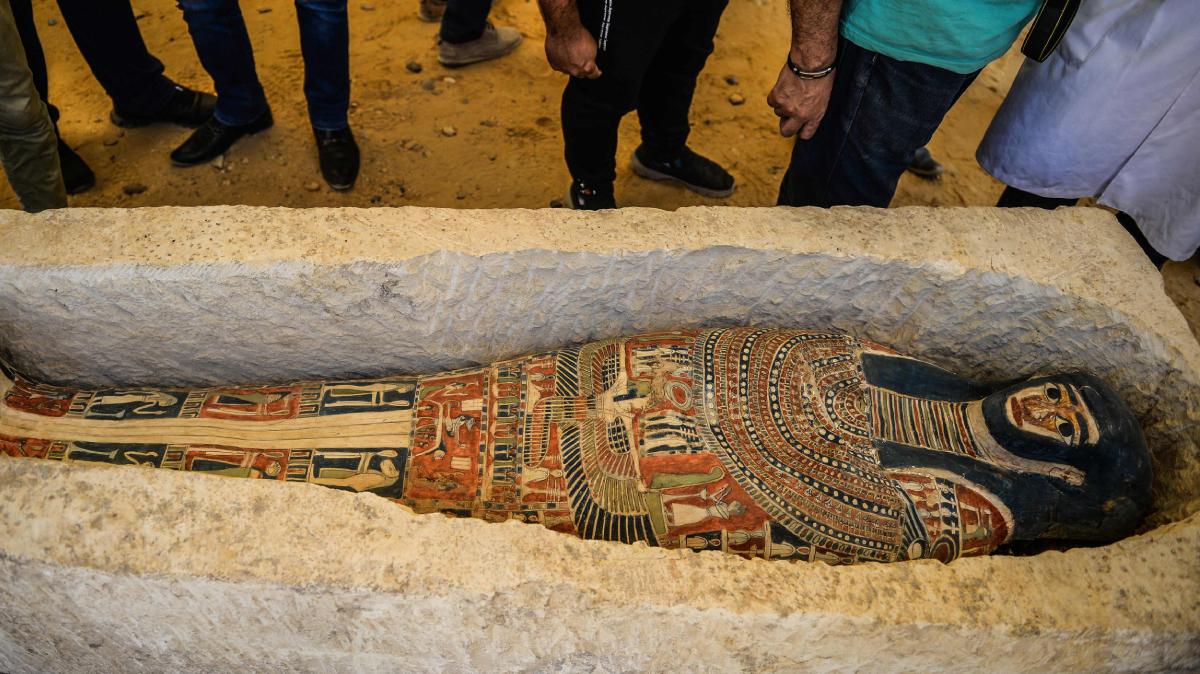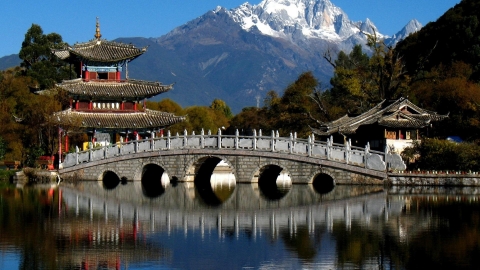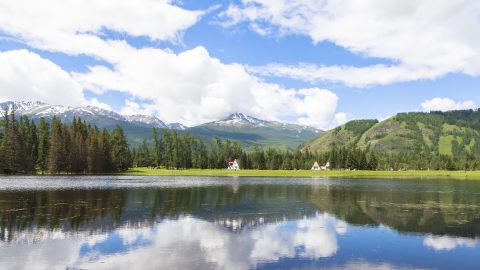Turpan Museum (also known as Turfan), the second largest museum in the Xinjiang Uygur Autonomous Region in northwest China, recently launched a special project, giving visitors an extremely strange experience. Specifically, the Museum set up tents in the exhibition hall, allowing visitors to sleep with mummies and dinosaur fossils.
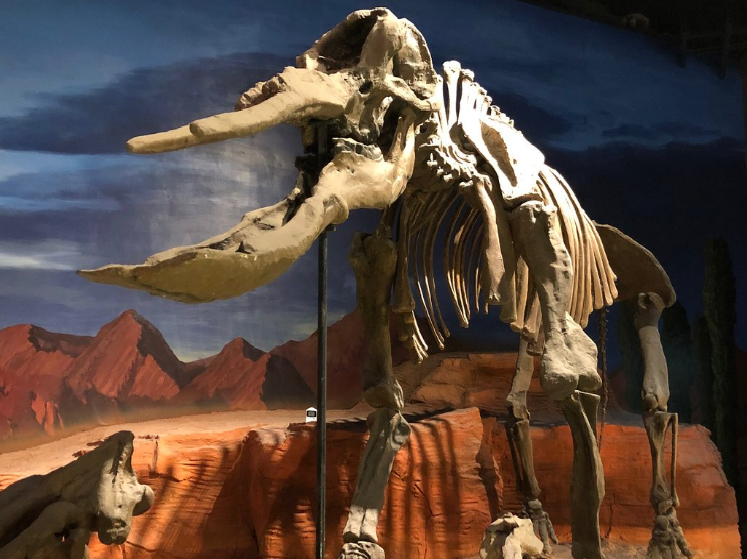
The museum's deputy director said the project, which allows visitors to sleep with the exhibits, is a highly educational experience and has attracted many young visitors interested in Chinese history and culture.

Mummies dating back thousands of years are on display in the exhibitions at Turpan Museum, dating back to the Spring and Autumn Period (770-476 BC).

They were mainly excavated from the Astana cemetery and the Subeixi ancient mausoleum.
Many people think that this experience is not really scary because all the mummies are placed in glass cages. “At first it was a bit scary,” said Trieu Vinh Ninh, a tourist who wanted to spend a night in a tent set up next to the mummies. “Now it is more comfortable, I am really looking forward to the moment when all the lights are turned off.”
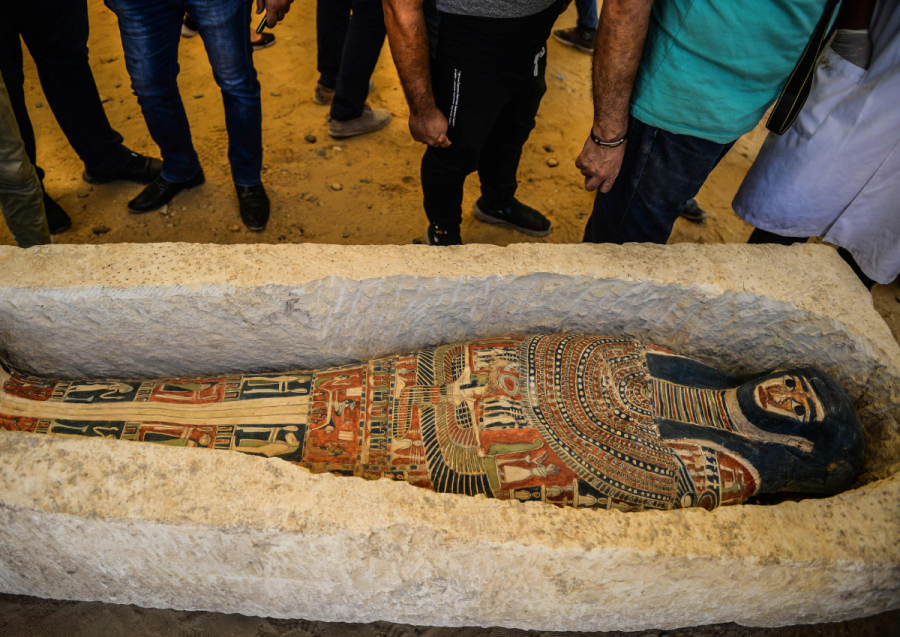
The creepy-looking mummies have always been the main reason that tourists interested in history and the mysterious come to Turpan Museum.
Located in the city center, Turpan Museum houses a huge collection of historical and cultural relics found in archaeological sites across the Turpan Basin, including food, gold, silver, and ceramics. It also displays dinosaur fossils, dinosaur eggs, and even fossils of Paraceratherium (an ancient rhinoceros). At the entrance of the Museum, there are pictures introducing tourist attractions, so if Turpan Museum is your first stop when you come to Xinjiang, these pictures will probably help you choose your next tourist destination.

The Turpan Museum was first built in 1989, located on the most prosperous street in Xinjiang, Gaochang Road, and later moved to Muna'er Road. The building houses more than 5,000 historical artifacts from the Turpan region. Nearly half of the artifacts in the newly built three-story building are the results of recent archaeological excavations, many of which have never been publicly displayed before. In addition to the closely guarded thousand-year-old mummies, the Turpan Museum is also famous for its ancient documents written in many different languages.
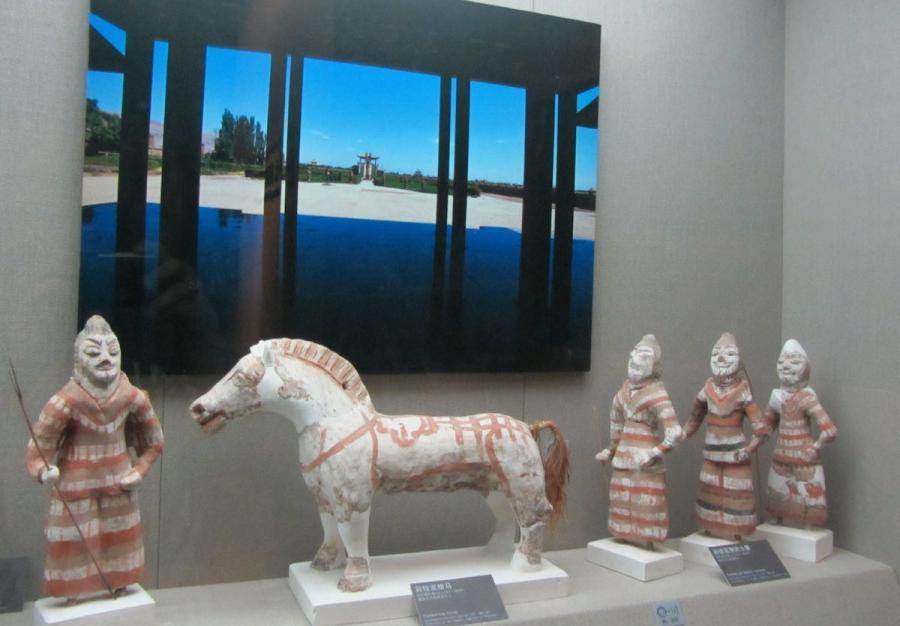
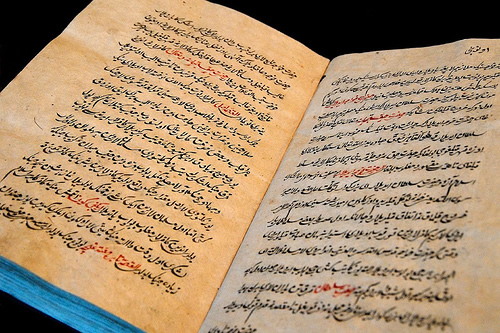
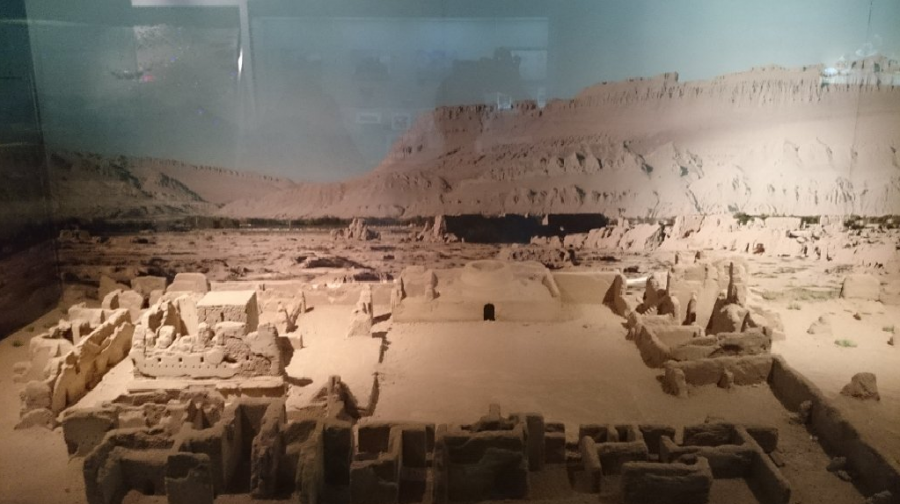
The main exhibition hall presents the general history of the Turpan area. In this area, you will see artifacts that trace the human presence from the Stone Age and the transition to the Bronze Age around 3,000 years ago.
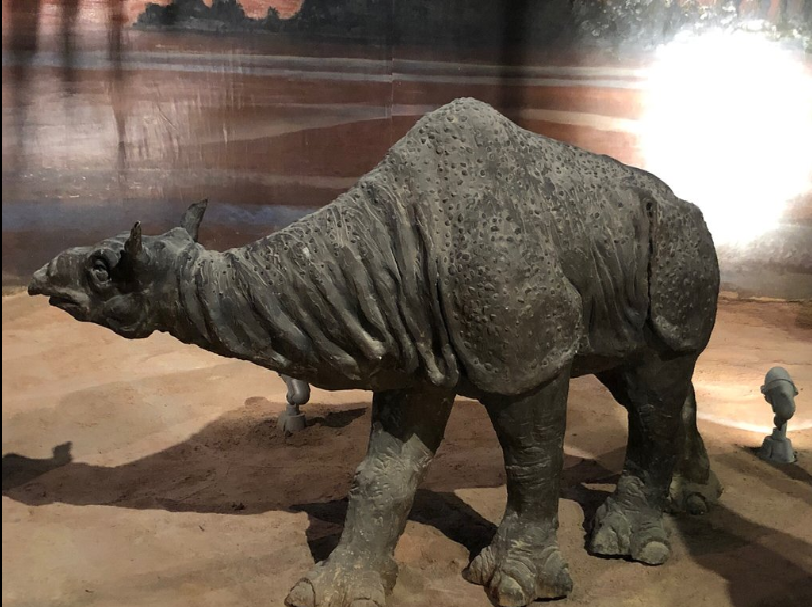
The Paraceratherium fossil set is arguably the highlight of the Museum, discovered in 1993 during the upgrading of the Lanzhou-Xinjiang railway at Feiyue station in the eastern city of Turpan.

The room displays nine mummies and a skeleton, including two couples and a Shaman, all remarkably well preserved. The earliest mummy dates back to around 3,200 years ago.

Funeral objects are displayed along with jewelry, frescoes, replicas of ancient tombs and silk paintings, etc.
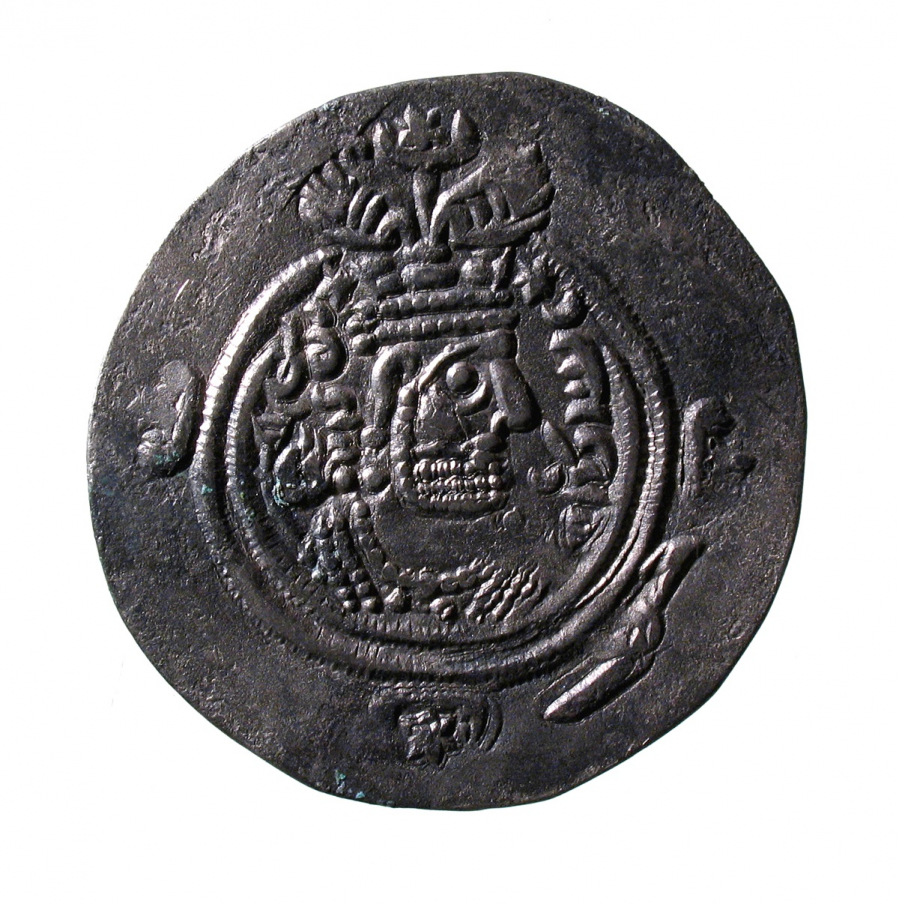
The coins were found in nearby tombs and ancient New Persian Empire silver coins were donated by a coin collector.
It can be said that all the historical relics kept in the Turpan Museum have witnessed the entire period of the rise and fall of the Silk Road. They tell you ancient and mysterious legends, recreate before your eyes the magnificent scene of the now-decayed ruins, and much more.
More information
- Location: No. 1268, Muna'er Road, Gaochang District, Turpan City
- Opening Hours: 10:30 to 18:30 (April 15 to October 15) and 11:00 to 17:00 (October 16 to April 14); visitors are not allowed to visit after 17:30. Closed on Mondays
- Best time to visit: In the morning from April to July and from September to October
- Phone: 0995-7619650
- Website: http://www.tlfbwg.com
Some other notes when visiting the museum:
- Tourists are free to enter but must hold tickets (issued downstairs) before going to the upper floors.
- Don't wear flip flops to the museum.
- No photography allowed in the document gallery
- Drinks and bags are not allowed in the Museum.
- Maintain order during the tour





